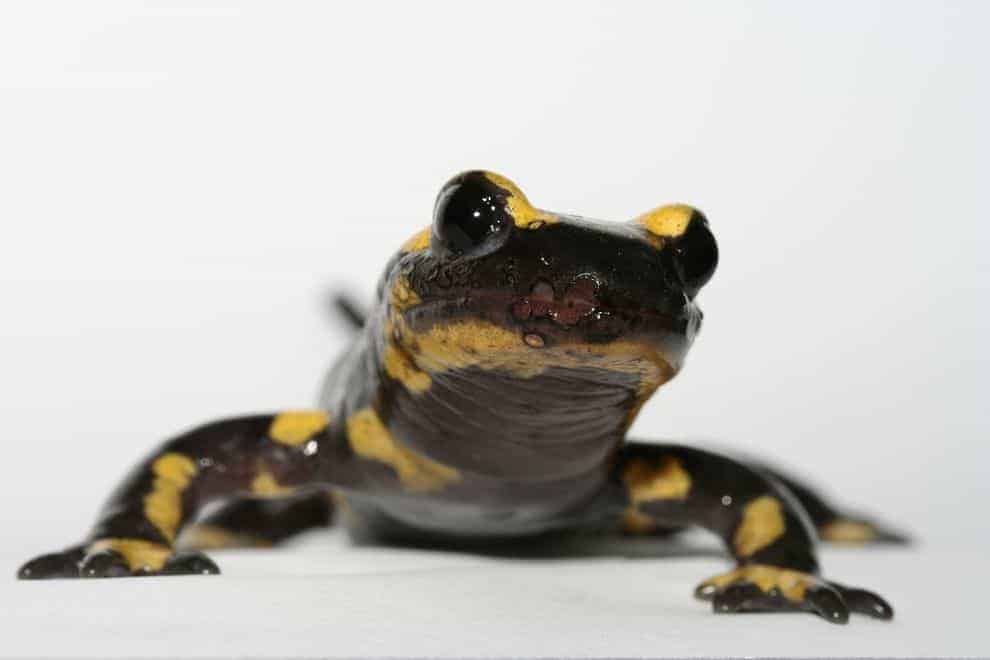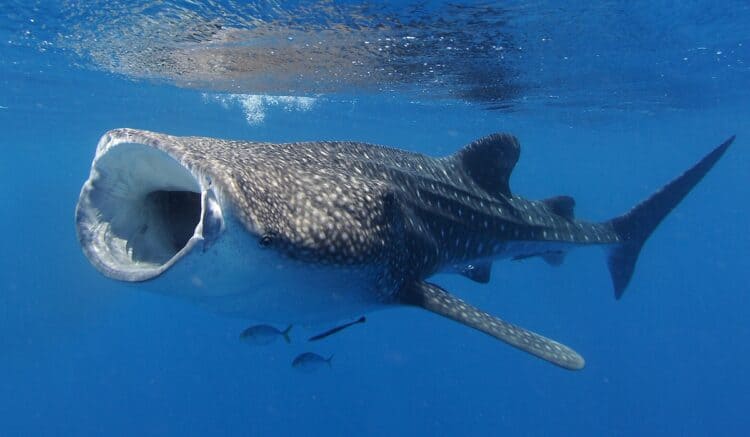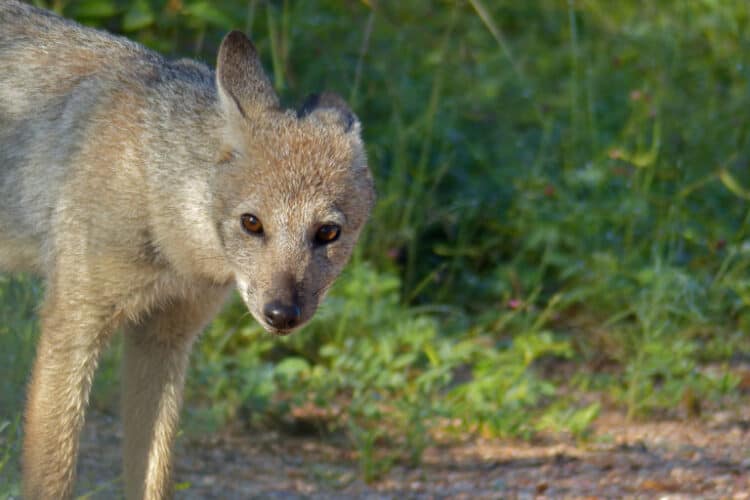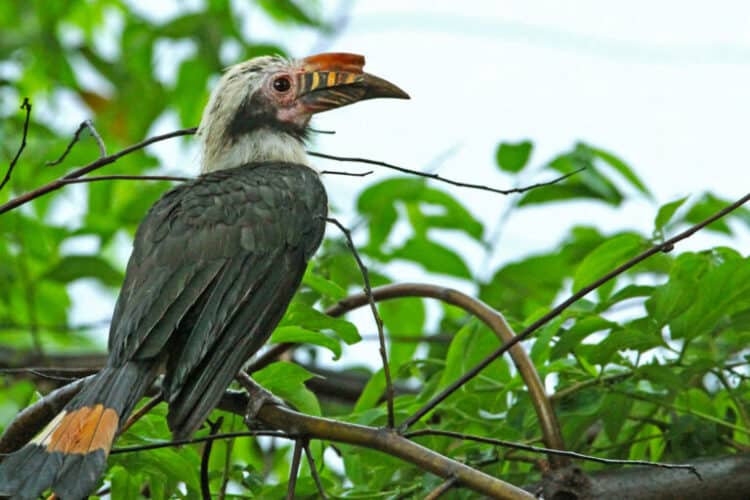Legend says that salamanders can spit poison and extinguish flames, but even such pyrotechnic powers would not be enough to save them from a new scourge.
A fungus that arrived recently in Europe from East Asia is lethal to many salamander species, a study released on Thursday shows, threatening populations in Europe, Africa, and beyond.
The Asian newcomer is a cousin of another fungus, called Batrachochytrium dendrobatidis, or Bd, which has annihilated amphibians like frogs, toads, and salamanders around the globe over the past few decades, slaughtering more than 40 percent of species in some regions.

Now researchers fear the new fungus, discovered in 2013 and called B. salamandrivorans, or Bs, could massacre many of the salamanders lucky enough to escape Bd. Every single salamander from nearly a dozen European and North American species infected with it died, according to results published in this week’s Science.
“If the fungus gets to the United States, where we have the world’s highest diversity of salamanders, it’s going to be bad,” says University of Maryland ecologist Karen Lips, a co-author of the new study. “These diseases … can have big impacts on the health of ecosystems when they wipe out so many of these really important little animals.”
Unstoppable
The fungus was identified last year after a handsome black-and-yellow creature called the fire salamander vanished from forests in the Netherlands. Scientists suspected Bd, which belongs to a family of fungi known as the chytrids. Instead a 2013 study revealed the killer to be a new type of chytrid, Bs, whose Latin name translates roughly to “frog-and-toad chytrid that eats salamanders.”
Anxious to know the extent of the new chytrid’s appetites, scientists from 12 countries joined forces to study the fungus’s habits, with sobering results. The team reports that in laboratory tests, the fungus exterminated 11 of 17 species of North American and European salamanders: Every infected animal, a total of 50, died, many within a few weeks of infection. Among the victims with 100 percent mortality were the rough-skinned newt, an iconic species common in the Pacific Northwest, and the eastern newt, one of the most widespread salamanders in eastern North America.
The remaining six species suffered no deaths at all after being infected. Three Asian salamanders also survived Bs infection. That sounds like good news, but the researchers caution that such species could serve as amphibian Typhoid Marys, transmitting the fungus while not succumbing to it themselves. The fact that Bs can be spread by multiple species of carriers puts it among “the most worrisome” kinds of pathogens, because such disease-causing agents are the most likely to cause extinctions, says evolutionary ecologist James Collins of Arizona State University, who is not associated with the new study.
Genetic testing shows the fungus has been lurking for some 30 million years in Asia, where local species evolved to resist it. It probably reached the Netherlands in a shipment of amphibians destined to become European pets, the researchers say. It’s not clear how the fungus made it to the wild—perhaps via water dumped out of a tank into a pond, perhaps via captive animals set free by well-meaning pet owners.
There is nothing to stop the fungus’s spread throughout Europe, says study co-author An Martel of Belgium’s Ghent University, who notes the fungus could also march through Europe and reach the salamanders of nearby northern Africa.
“We expect there will be a lot of population declines in Europe in the coming years,” Martel says.
Salamander Hot Spots
Researchers didn’t find the fungus in wild American amphibians, but that doesn’t mean American salamanders can rest easy. Like Europe, the United States hosts a growing number of Asian amphibians as pets. From 2001 to 2009, for example, some 2.3 million Chinese fire-bellied newts were imported to the United States. These animals generally aren’t tested for disease before crossing the border.
The southeastern United States is “the world’s hot spot for salamanders,” says research ecologist Dede Olson of the U.S. Forest Service, who didn’t take part in the new study. The region is home to both large numbers of salamanders and a very high number of species, she explains. “If something like Bs got out into that zone, there’d be the potential loss of many populations” and perhaps extinctions as well.
Lips hopes to start a Bs surveillance network, and she supports legislation to allow greater federal oversight of imported wildlife. She points out that unlike Bd, which swept around the world before anyone knew what was happening, Bs has been spotted before making huge inroads.
“It’s not here yet,” Olson says. “So we have time, and there is hope.”
This article was first published by National Geographic on 30 Oct 2014.






Leave a Reply